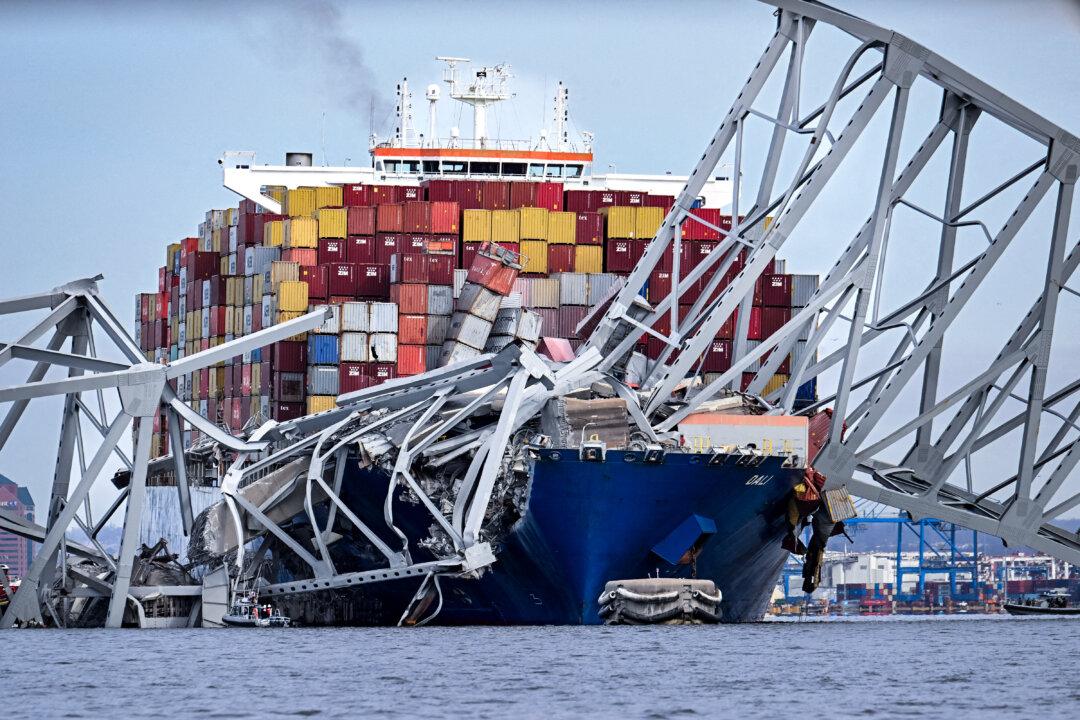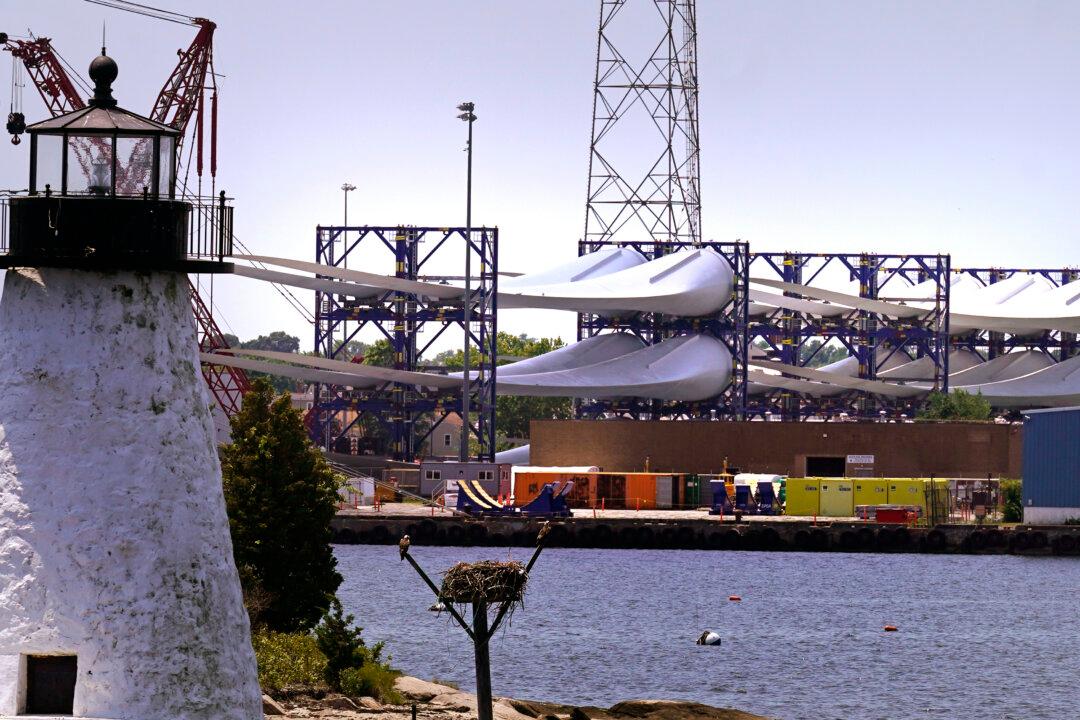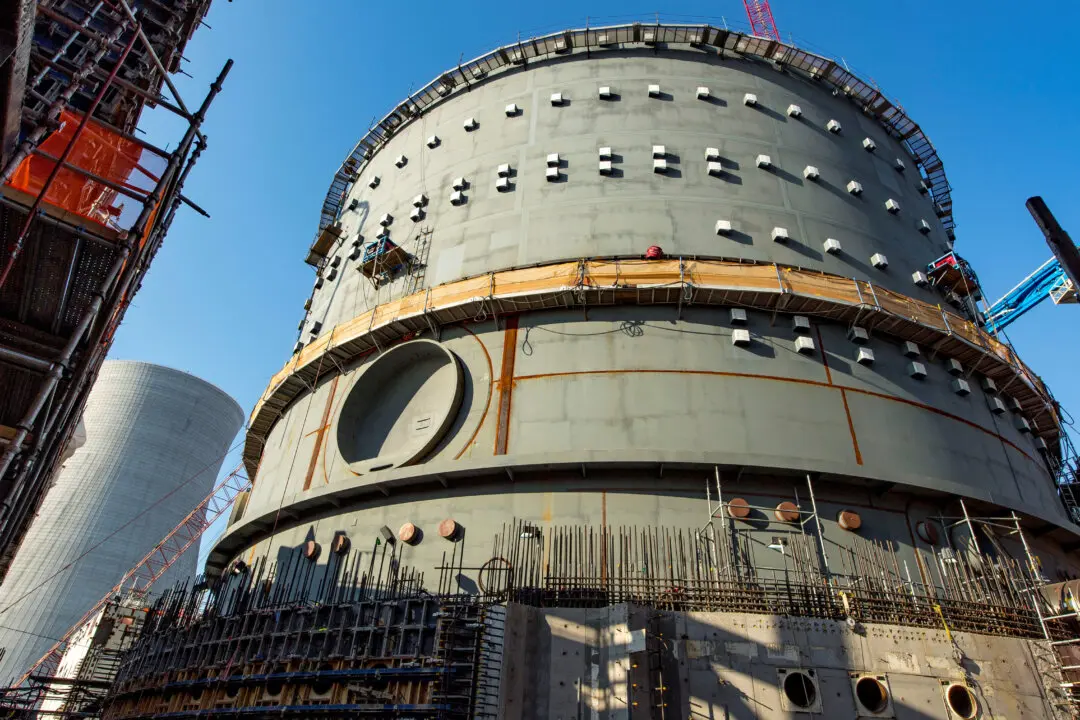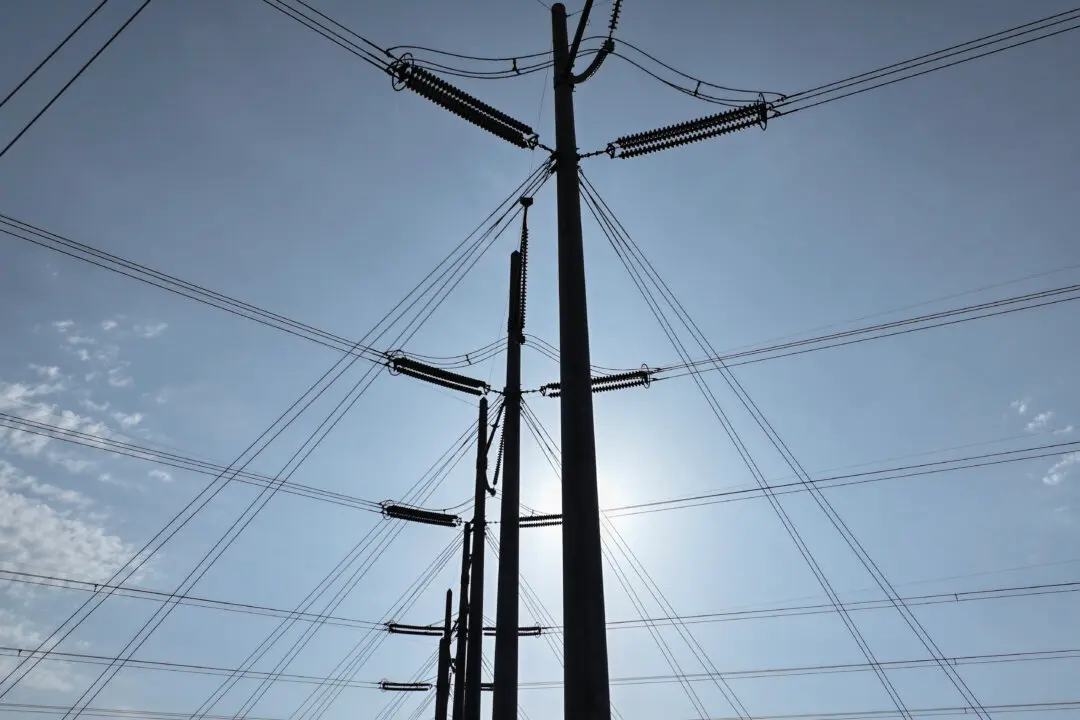The Francis Scott Key Bridge spanning the Patapsco River, opened to traffic March 23, 1977, is not listed among “deficient” Maryland bridges in need of major maintenance and repair by the American Society of Civil Engineers’ 2021 national infrastructure analysis nor by the American Road & Transportation Builders Association’s 2023 Maryland bridge report.
The bridge was rammed and knocked down by a 95,000-ton, three-football field-long moving behemoth carrying up to 9,900 twenty-foot equivalent units (TEU) of container cargo—with each TEU weighing up to 28 tons.





